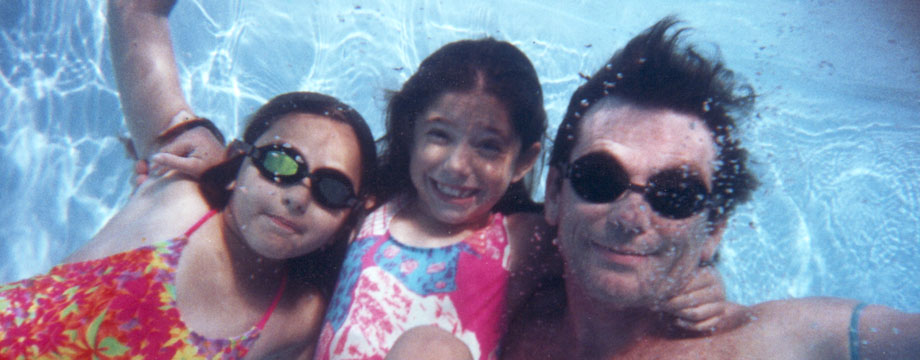If you have been to a pool where lap swimming is welcomed, you have probably seen people working out with a wide array of fins, paddles, floats, and other devices. There are many schools of thought on what devices are worth using, and how they should be used. It gets complicated! More on that later. Consider the basics for getting in shape by swimming.
Essentials
You need a comfortable suit, with minimal drag. They aren’t cheap, and if you buy a suit made of Lycra/Spandex, expect it to deteriorate after 30-50 hrs. in chlorinated pools. For longer suit life, shop for suits made of 100% nylon. They won’t have the stretch of Spandex, but they’ll last hundreds of hours. These suits are sometimes called “training suits”, and my favorite brand is made by Tyr, usually selling for around $35 on Amazon (male suits).
Goggles are a must. The chemicals are harsh at best, and the pool chemistry is not managed well in many pools. Many styles are available at reasonable prices. Try them on in the store, if possible. They should comfortably fit your eye sockets. If possible, buy them locally so you can return them if they are leaking.
For tracking your progress, you’ll eventually want a watch that can capture lap or interval times. When you begin training, just counting laps (without times) is a good way to get in shape. If you are swimming more than 1000 yards per session, consider timing yourself to measure progress.
Write the date, time(s), laps, stroke type, pulse rate, and any other notes (e.g. injury or illness) in a workout logbook or your favorite computerized device. I am always amazed how my performance may be better than the way I felt before the workout. With a slight cold, I was taking it easy, but much to my delight, my times were very good. The flip side: Sometimes I feel pretty strong and fast, but my times are ordinary at best! Hard data reveals all!!
Paddles and fins, etc.
Before you use training devices, do some research and be aware that:
Hand paddles can, unless you are careful, cause shoulder injury that will make it painful to swim with or without them.
Kicking aids are somewhat overrated. Modern technique for the front crawl and backstroke emphasizes balance, technique and streamlining over the value of a strong “old fashioned” flutter kick. The kick is more for maintaining body balance, and only provides a small amount of power. A poor, wide kick can actually slow you down! Practicing with fins and kickboard will build some strength, but will not be that valuable for overall technique. In Total Immersion Swimming, authors Laughlin & Delves have commented on this “disconnect” (link to book page).
That said, do some research, talk to swimmers (and coaches if possible). You will get a range of advice, and you can make the choices. This is where logging workouts will be invaluable. You will have your own hard data to decide what works for you. If you want to tone your lower body muscles, a kickboard workout will do the trick!

